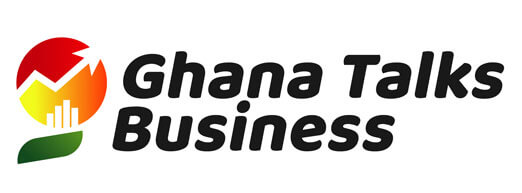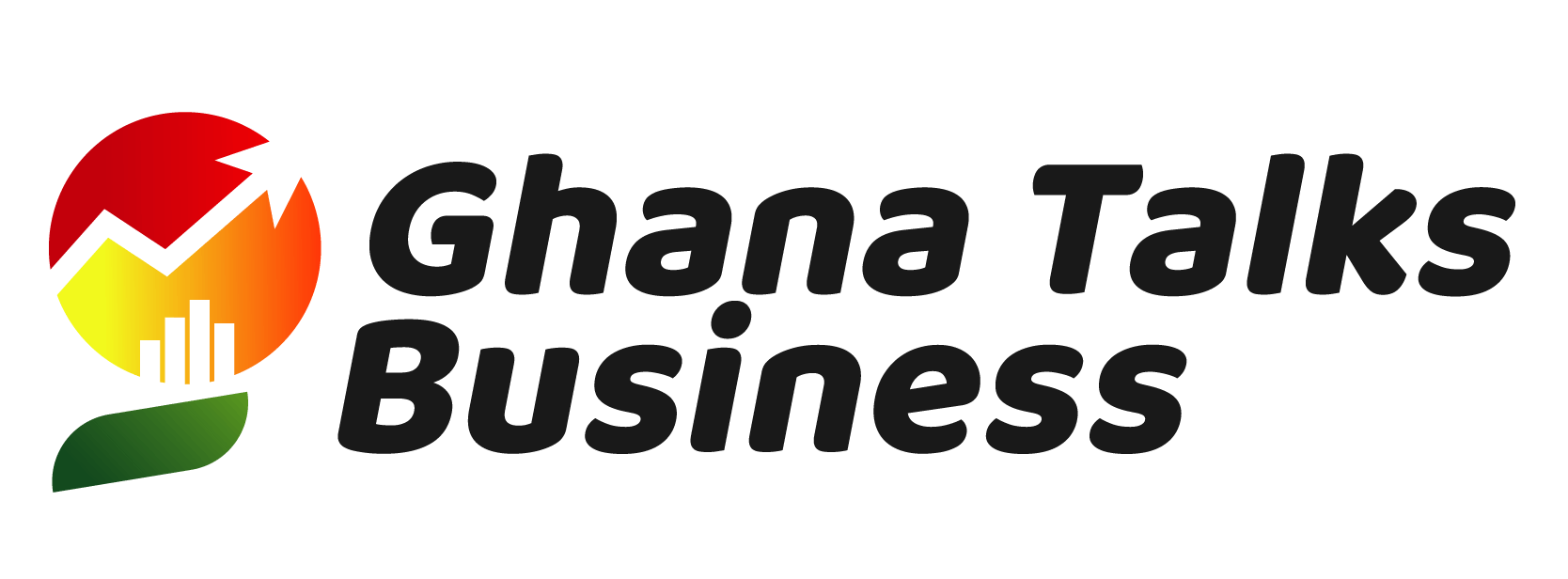
Enacting change can be a tumultuous path to navigate: employees offer their own opinions on how to solve the problem, resist the change because they prefer old routines or simply ignore it out of apathy.
These reactions are often due to the fact many business leaders often try to force every employee to fit into the same mold. This is a problematic approach, when any given office will likely contain a healthy sample of introverts, extroverts, number crunchers, creatives, procrastinators and perfectionists. With such diversity in mind, employees need to be treated in the same way as a potential customer. Would a successful business try to force fit one marketing approach on all their customers, regardless of perspective? The answer is no.
To successfully enact change in the workplace, business leaders should take a page from the CMO playbook. The well-known marketing mix,defined as the “the four Ps,” is a good place to start.
1. Product
Business leaders should treat the development of a workplace change as they would the development of a new product. Create focus groups out of employees and ask them to delve into the change with questions including:
What are the good and bad parts of this change?
What is confusing about the change?
What do you want to know more about?
What do you look forward to about it?
It is important for a company to then actively refine the change process according to the group feedback, even if that means starting at square one.
Training is just as important as concept development. Consider the task of implementing a new technology that helps employees with day-to-day operations. There will be a spectrum of technical understanding in the company, so tailoring the training to technology understanding, and even creating different iterations of the technology (a beginner or advanced user login, for example), will make the change more palatable to a wider range of staff members.
2. Price
Determine the perceived value of a change from the perspective of employees and what costs they will experience for execution. Ask these questions:
Is the “price” I assigned to this change (i.e. a day’s worth of formal training) going to feel like a steal to my employees or will they feel resentful?
Does the change actually need to be “funded” with the amount of time and energy my employees are expected to spend on it?
Have I communicated the value of the change to my employees so that they know what they are spending their valuable time and effort for?
3. Promotion
A marketing strategy and compelling communications materials are essential to managing change within the workplace. Be sure to:
Create marketing material around those messages, including emails, flyers and videos.
Enlist the help of influential people in the company as change ambassadors. “Pitch” them as you would any other key stakeholder to get them on board with the change early. Use them to communicate the change to their coworkers in their own words and with their own interpretations
Let employees in on what made the company embark on this path to change, including feedback received from colleagues or productivity studies conducted by outside consultants.
4. Place
Change rarely works for everyone at once. Target the most relevant individuals in the organization first as your early adopters. The change should have the biggest positive impact on this group so that these employees become the strongest advocates and influence others throughout the office.
Consider having your “super users” spread throughout the company in different departments and locations, acting as internal ambassadors as well as first line support during the adoption process. For other employees, having someone familiar to talk to will be highly important when the change reaches them.
In terms of distribution and wide adoption, find ways to incentivize employees and end-users. For example, host end-user events for registering your account or picking up equipment. Have food and drinks and host it during lunch hours so people can fit it into their schedule.
Boiled down, marketing is about communicating the value of a product well enough so that people invest in it. We would be foolish to expect our target audience to simply adopt our products because we told them they should. Asking an office full of unique individuals to adopt change is just as foolish. Like consumers, our employees have the ultimate buying power, and their buy-in is what makes any change successful.
Source: entrepreneur.com


